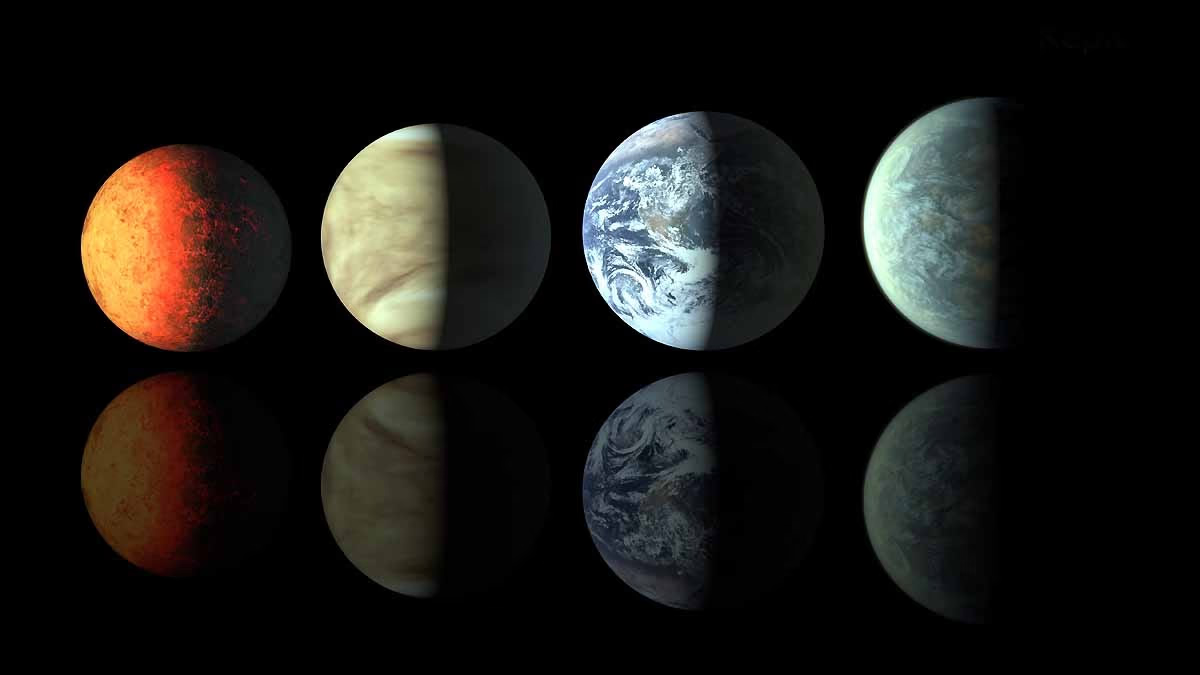Scientists have unveiled the existence of multiple Earth-resembling worlds within the vast universe. These planets orbit distant stars, yet their size, composition, and suitability for life closely mirror our own Earth. Many were discovered by NASA's Kepler Space Telescope. These planets reside in the habitable zone, where water can exist in liquid form.
Exoplanets, planets outside our solar system, are detected by scientists using telescopes that notice a dimming of starlight as these worlds pass in front of their stars. Earth-like worlds are typically small, rocky, and situated at just the right distance from their stars—not too hot or too cold, in what's known as the Goldilocks Zone.
Read More:
Thousands of exoplanets have been discovered, but only a few resemble Earth. They prompt us to question whether we are alone in the universe. To search for signs of life, the James Webb Space Telescope (JWST) is examining the atmospheres of these planets. The presence of chemicals like oxygen or methane could hint at life.
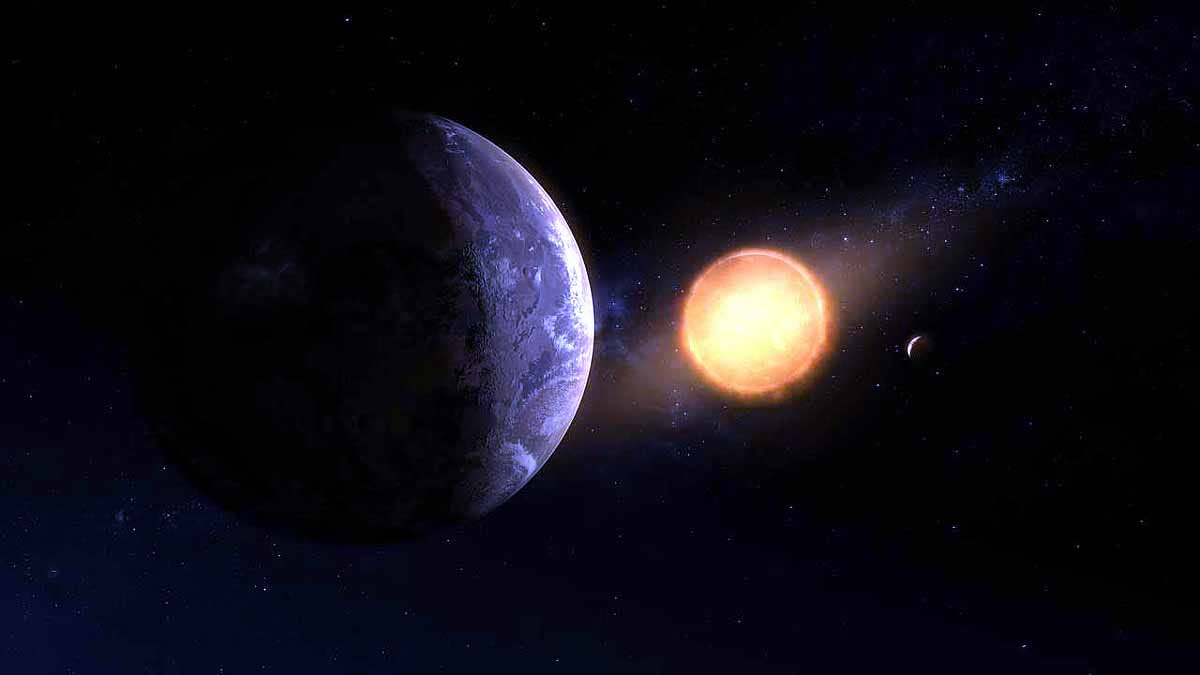
Source: aajtak
NASA's Kepler Telescope operated from 2009 to 2018, discovering over 2,600 planets, many resembling Earth. Now, the TESS Telescope also assists. Let's explore some of the most notable Earth-like worlds...
Discovery: Found by Kepler in 2013.
Size: Slightly larger than Earth (super-Earth), but Venus-like warmth.
Orbit: Completes a revolution around its star in 242 days.
Distance: 0.64 AU from its star (64% of Earth's distance to the Sun).
Life Potential: Initially seemed habitable, now overly hot—similar to Venus.
Discovery: In 2015.
Size: 1.6 times larger than Earth.
Orbit: 385-day revolution, akin to our year.
Distance: 1.05 AU from a sun-like star.
Life Potential: Most Earth-like! Ideal temperature, water likely. Dubbed 'Cousin'. Heavy gravity due to its larger size.
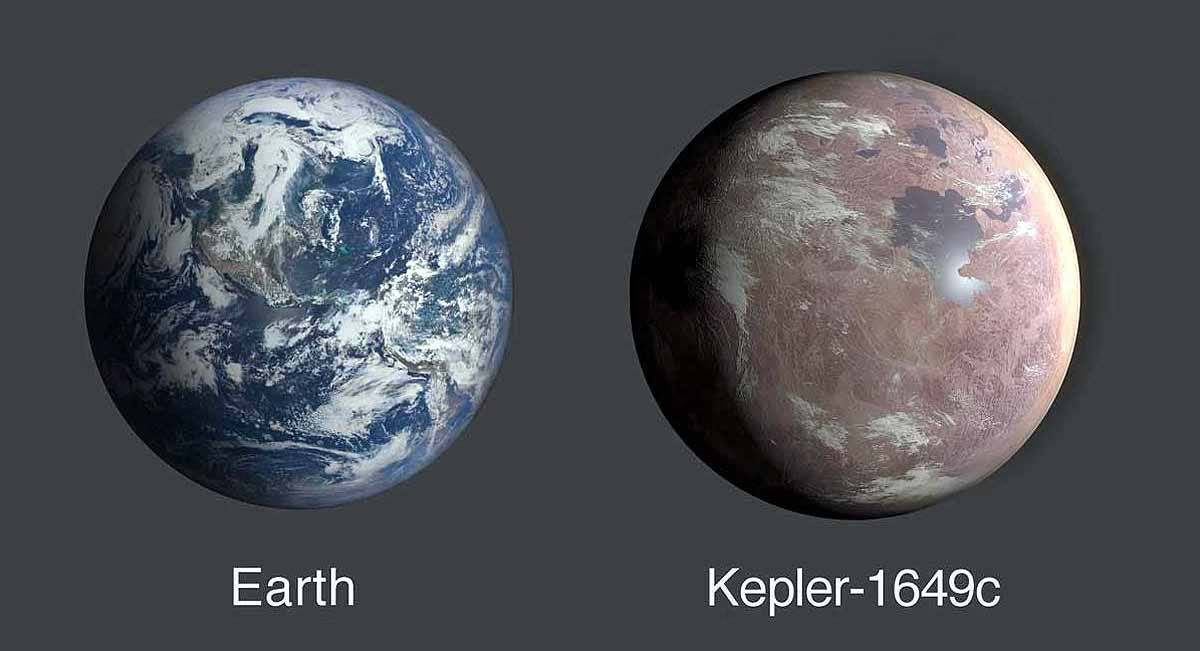
Source: aajtak
Discovery: In 2014.
Size: Earth-sized (1.1 times Earth's diameter).
Orbit: 130-day cycle.
Distance: 0.4 AU from a red dwarf star.
Life Potential: First Earth-sized planet in the habitable zone. Rocky terrain and oceans possible. JWST is observing it.
Discovery: In 2015.
Size: 1.1 times Earth's size.
Orbit: 35-day revolution.
Distance: 0.1 AU from a red dwarf.
Life Potential: Initially promising, but star flares might strip its atmosphere. Lower possibility now.
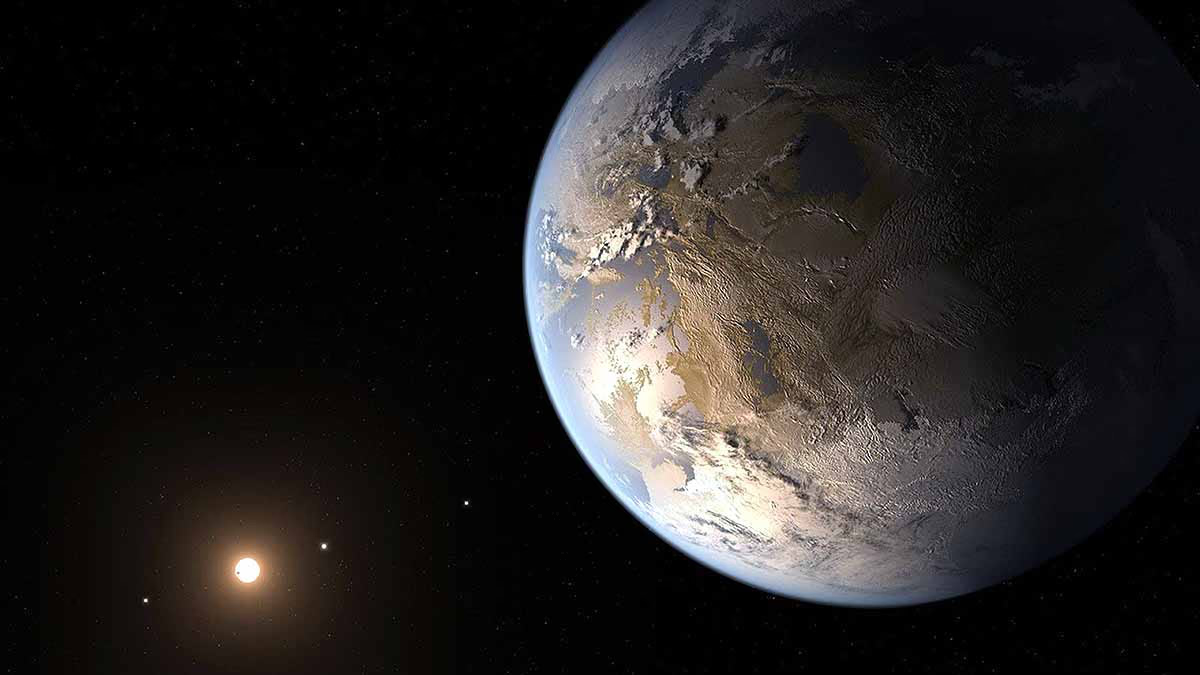
Source: aajtak
Discovery: In 2017.
Size: Earth-sized (0.92 times Earth's diameter).
Orbit: Orbiting every 6.1 days.
Distance: 0.029 AU, part of a seven-planet system.
Life Potential: Cool star, positioned rightly. Water and atmosphere possible. JWST recently explored it.
Discovery: In 2020 (rediscovered by TESS).
Size: 1.06 times Earth.
Orbit: Completes an orbit in 19.5 days.
Distance: 0.14 AU.
Life Potential: Very Earth-like, near a red dwarf star. Oceans possible.
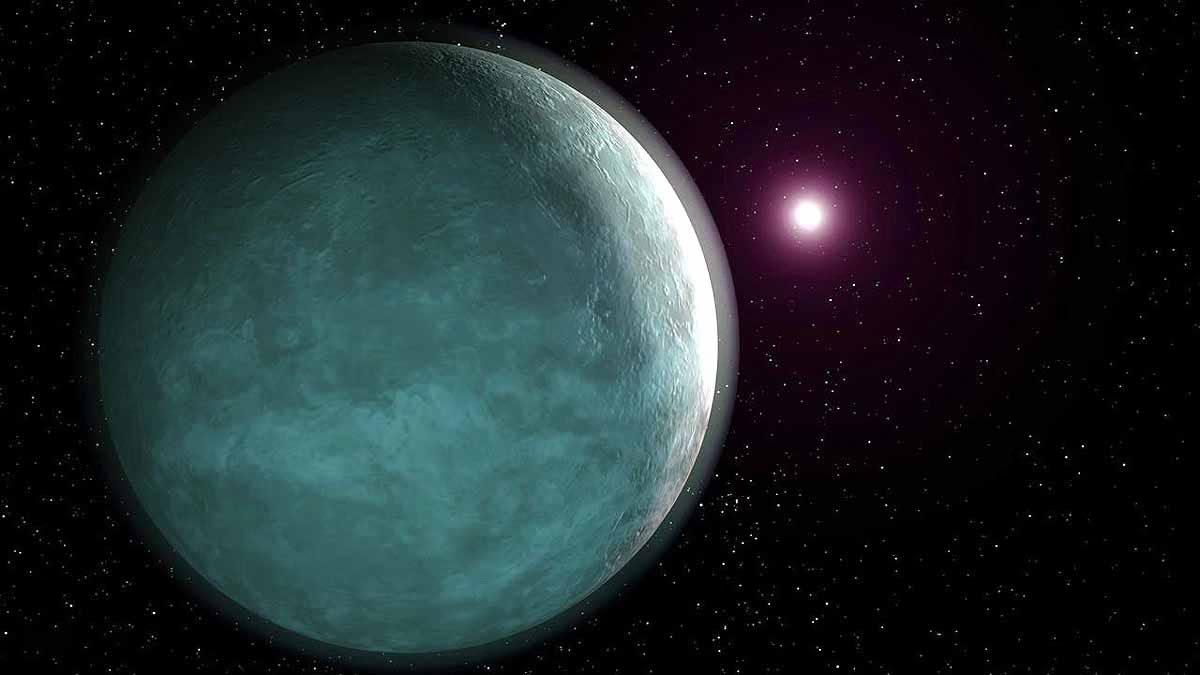
Source: aajtak
Kepler-362c: Detected in 2014, 1.45 times Earth's diameter, 38-day orbit, 0.21 AU away. Super-Earth, potentially habitable.
Kepler-220e: 2014 discovery, 46-day orbit, 558 light years distant. Small planet, less detailed.
Kepler-344c: Found in 2014, Neptune-like (3 times diameter, 9 times mass), 126-day orbit, 0.49 AU. Large, but notable.
The James Webb Space Telescope began operations in 2021. It's scanning these planets' atmospheres. If water, oxygen, or biological gases are detected, it could be evidence of life. Future missions such as ARIEL (ESA) will further assist in this exploration.
